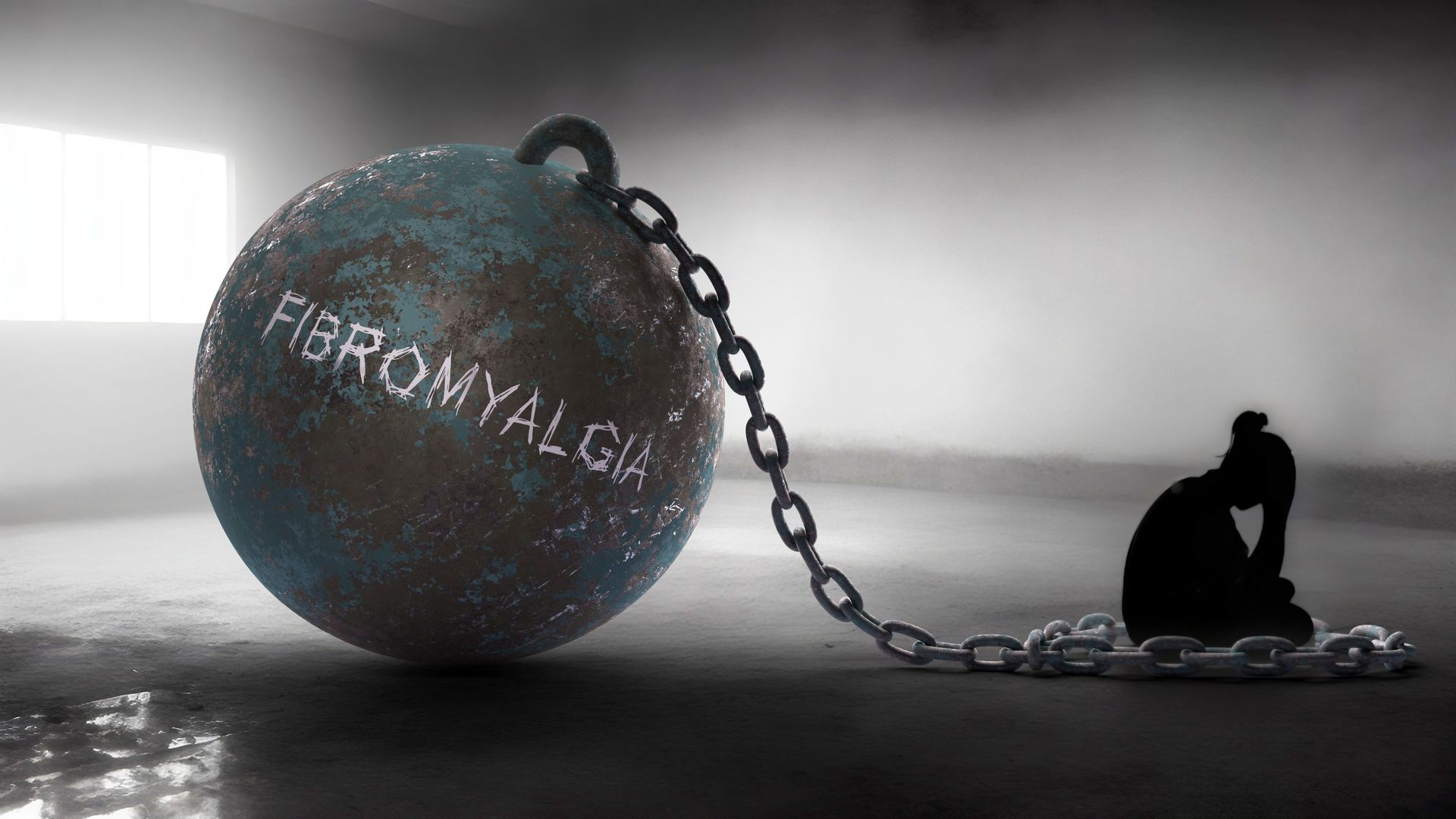The Science Behind Myofascial Cupping Therapy: Is It Right for You?
August 4, 2025
What Is Myofascial Cupping Therapy?
Myofascial cupping therapy is a modern adaptation of an ancient healing practice and it’s gaining popularity for good reason. Unlike traditional cupping, which focuses on energy flow in Traditional Chinese Medicine, myofascial cupping is grounded in soft tissue science. It targets the fascia — the connective tissue that wraps around muscles, bones, and organs — to relieve pain, improve mobility, and restore balance in the body.
We utilize myofascial cupping as part of a clinical massage therapy in Pensacola approach to help clients recover faster, move better, and feel their best.
How Does Myofascial Cupping Work?
Instead of compressing tissues (as with deep tissue massage), cupping lifts the tissue using negative pressure. Silicone or plastic cups are applied to the skin, creating suction that:
- Separates layers of skin, fascia, and muscle
- Increases local blood flow
- Stimulates lymphatic drainage
- Loosens adhesions and trigger points
- Promotes natural healing
This decompressive effect allows the fascia to glide more freely, reducing pain and restriction in the body.
The Science Behind the Therapy
Fascia plays a crucial role in how we move — and how we feel pain. When fascia becomes “stuck” or dehydrated due to overuse, injury, or stress, it creates tightness and inflammation.
Scientific studies have shown that myofascial cupping can:
- Increase local circulation and oxygen delivery
- Reduce inflammation and cytokine response
- Decrease pain perception
- Improve range of motion
- Break up scar tissue and fascial restrictions
While research on cupping is still emerging, clinical evidence and MRI imaging support its effects on tissue hydration, elasticity, and neuromuscular communication.
Who Can Benefit From Myofascial Cupping?
This therapy is especially beneficial for people dealing with:
- Chronic muscle tension or trigger points
- Neck and shoulder pain
- Back pain and sciatica
- Post-surgical fascial restrictions
- TMJ and jaw tension
- Sports injuries and recovery
- Poor posture and mobility issues
It’s also helpful for athletes, weekend warriors, and those with desk jobs who experience stiffness and tension from prolonged sitting.
Note: While generally safe, myofascial cupping is not recommended for people with bleeding disorders, severe edema, open wounds, or active infections.
What to Expect During a Session
At Medical Massage Pensacola, myofascial cupping is often integrated into your medical massage treatment plan. Here's what to expect:
- A short consultation to assess your goals
- Clean, professional-grade cups applied to specific areas
- Cups may be moved (“gliding cupping”) or left in place (“static cupping”)
- You may feel a warm, pulling sensation — often described as relaxing and relieving
- Mild redness or temporary marks may appear, indicating improved circulation
Why Choose Myofascial Cupping at Medical Massage Pensacola?
Our therapists are trained in advanced myofascial techniques and tailor each session to your body’s needs. We don’t just treat symptoms — we look at the root cause of pain and restriction. Whether you’re recovering from surgery, managing chronic tension, or just want to move with more ease, cupping therapy can be a game-changer.
Ready to Try a Pensacola Massage with Myofascial Cupping?
If you're curious whether myofascial cupping is right for you, we’d love to guide you through a customized treatment at Medical Massage Pensacola. Relief might be just a session away.
Book your session today and experience the powerful release of fascial freedom.












